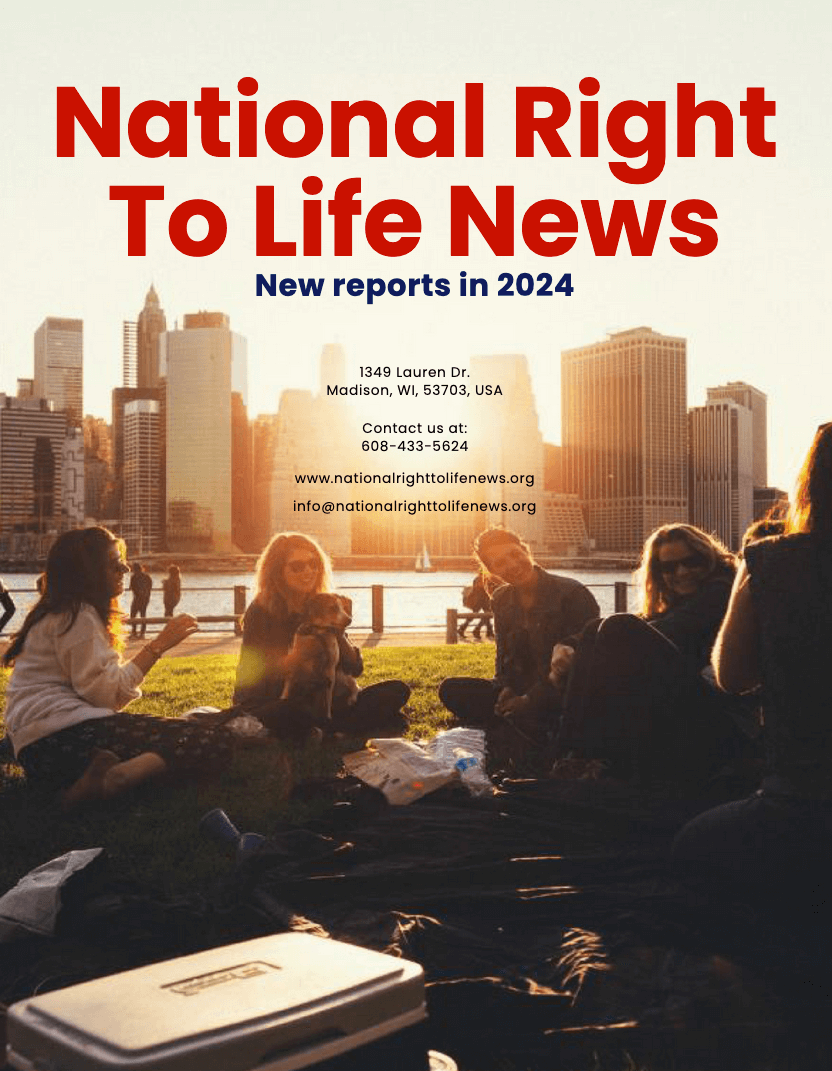Over the past three weeks we’ve discussed the fall-out from Geron Corporation’s decision to get out of the embryonic stem cell research business altogether, despite knowledge that there would likely be more government aid. The company looked at its own inability to make enough progress in repairing spinal injuries to convince investors to pour good money after bad and moved into cancer research.
Neil Munro, writing for The Daily Caller, put “The Democrats’ decade-long strategy of hyping embryo stem cell research” into historical context yesterday. For those who don’t remember the days when the pro-abortion son of pro-life President Ronald Reagan could take to the airwaves at the Democratic National Convention, say things such
“How’d you like to have your own personal biological repair kit standing by at the hospital? Sound like magic? Welcome to the future of medicine. … It does not follow that the theology of a few should be allowed to forestall the health and well-being of the many. … We can choose between the future and the past, between reason and ignorance, between true compassion and mere ideology.” and receive a thunderous reception, Munro’s story is just for you.
You can read “Democrats’ embryonic stem cell strategy hits scientific wall” at https://dailycaller.com/2011/12/04/as-human-embryo-stem-cell-research-fades-into-obsolescence-political-fallout-crystallizes/ for all the details. Let me offer a couple of highlights here.
First, there is the welcome news that the collapse of Geron leaves the action dominated by two other types of stem cells, Munro writes.
The leading stem cell technology is found in many hospitals, where doctors and surgeons use cells found in patients’ own organs. Those “adult stem cells” can be stimulated to regenerate damaged hearts and other organs. In one peer reviewed study published on Nov. 16, more than a dozen heart-failure patients gained an average 12 percent improvement in heart function from their own stimulated stem cells.
The other is called IPS stem cell technology. It was developed by Japanese researchers in 2007, and uses a surprisingly simple cocktail of human biochemicals to make ordinary cells, such as skin cells, revert into embryo-like cells. IPS stands for “induced pluripotent stem cells.”
Second, Munro excels at placing in context the shameless hyperbole of proponents and vicious attacks on opponents, such as National Right to Life.
From 2000 onwards, a coalition of Democratic legislators, pharmaceutical and university lobbyists, and abortion-choice activists and many sympathetic progressive groups, slammed President George W. Bush’s August 2001 compromise, ostensibly because he did not fully endorse and fund Geron’s embryo technology.
The Democrats used the dispute to paint conservatives as uneducated religious opponents of science, while also painting Democrats as science-loving, kind-hearted funders of life-saving cures for ailing voters and their families.
What happened? Well, the administration of President George W. Bush directed resources to adult stem cell research; the market adjusted when it saw that embryonic stem cell research (ESCR) was going nowhere and moved elsewhere (as did many former ESCR proponents) to adult stem cells and IPS; and the ESCR bubble burst.
This doesn’t mean that the proponents of ESCR have completely abandoned their dreams or their hype. It does mean hopefully that they are less likely to be believed in the future and that the redirection of research and money into ethically acceptable alternatives will continue unabated.
Your feedback is very important to improving National Right to Life News Today.
Chelsea Garcia is a political writer with a special interest in international relations and social issues. Events surrounding the war in Ukraine and the war in Israel are a major focus for political journalists. But as a former local reporter, she is also interested in national politics.
Chelsea Garcia studied media, communication and political science in Texas, USA, and learned the journalistic trade during an internship at a daily newspaper. In addition to her political writing, she is pursuing a master's degree in multimedia and writing at Texas.

